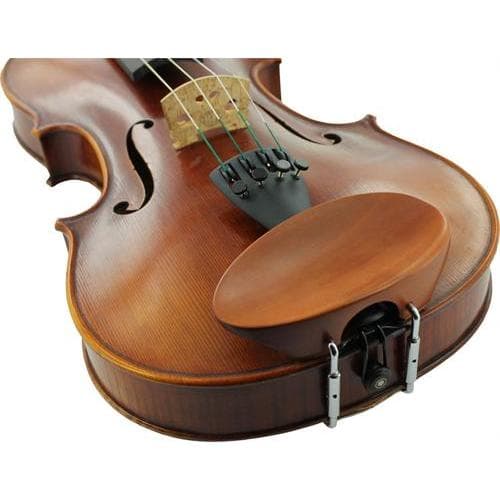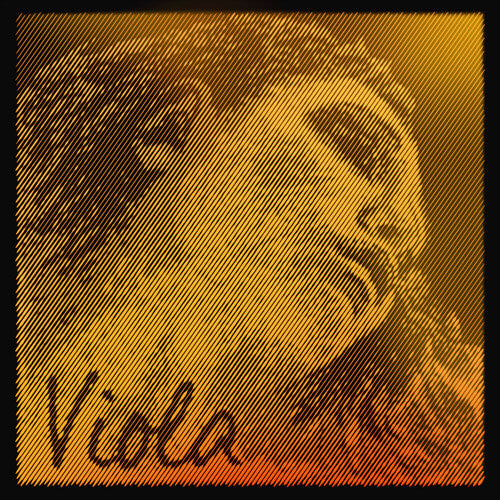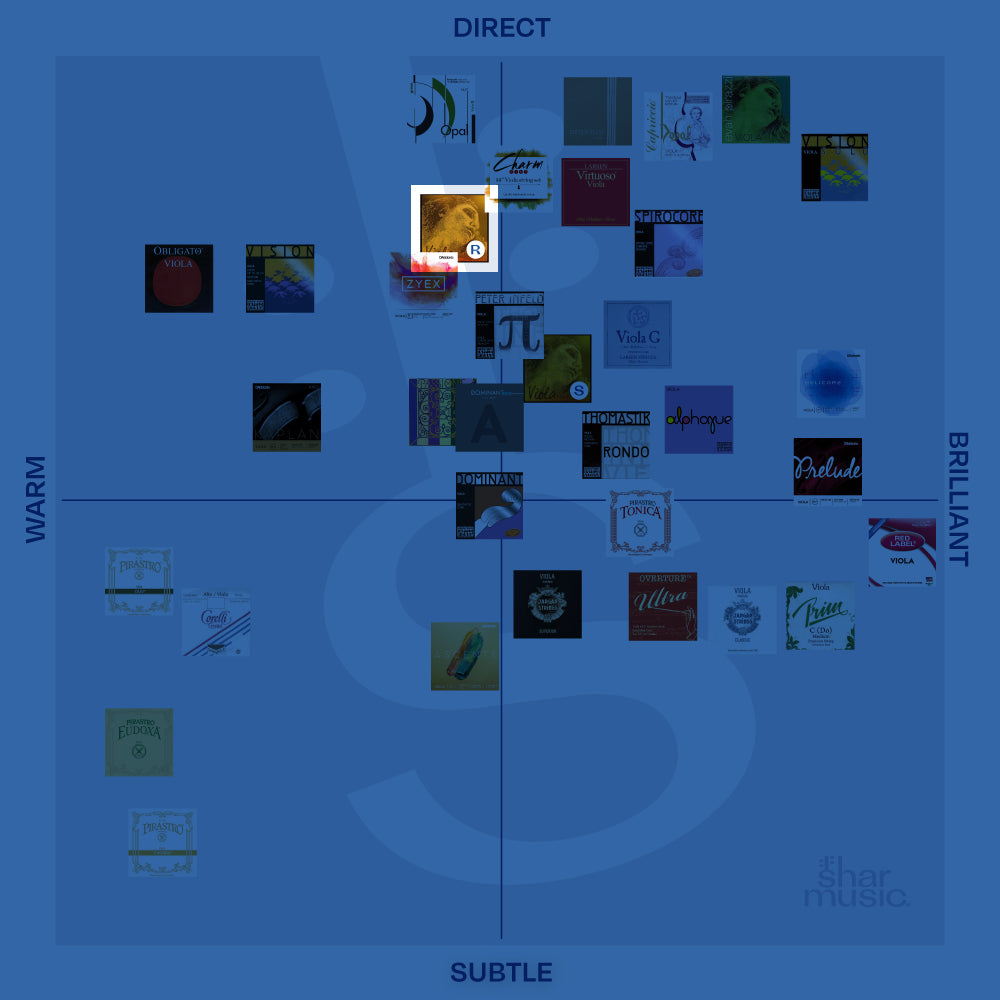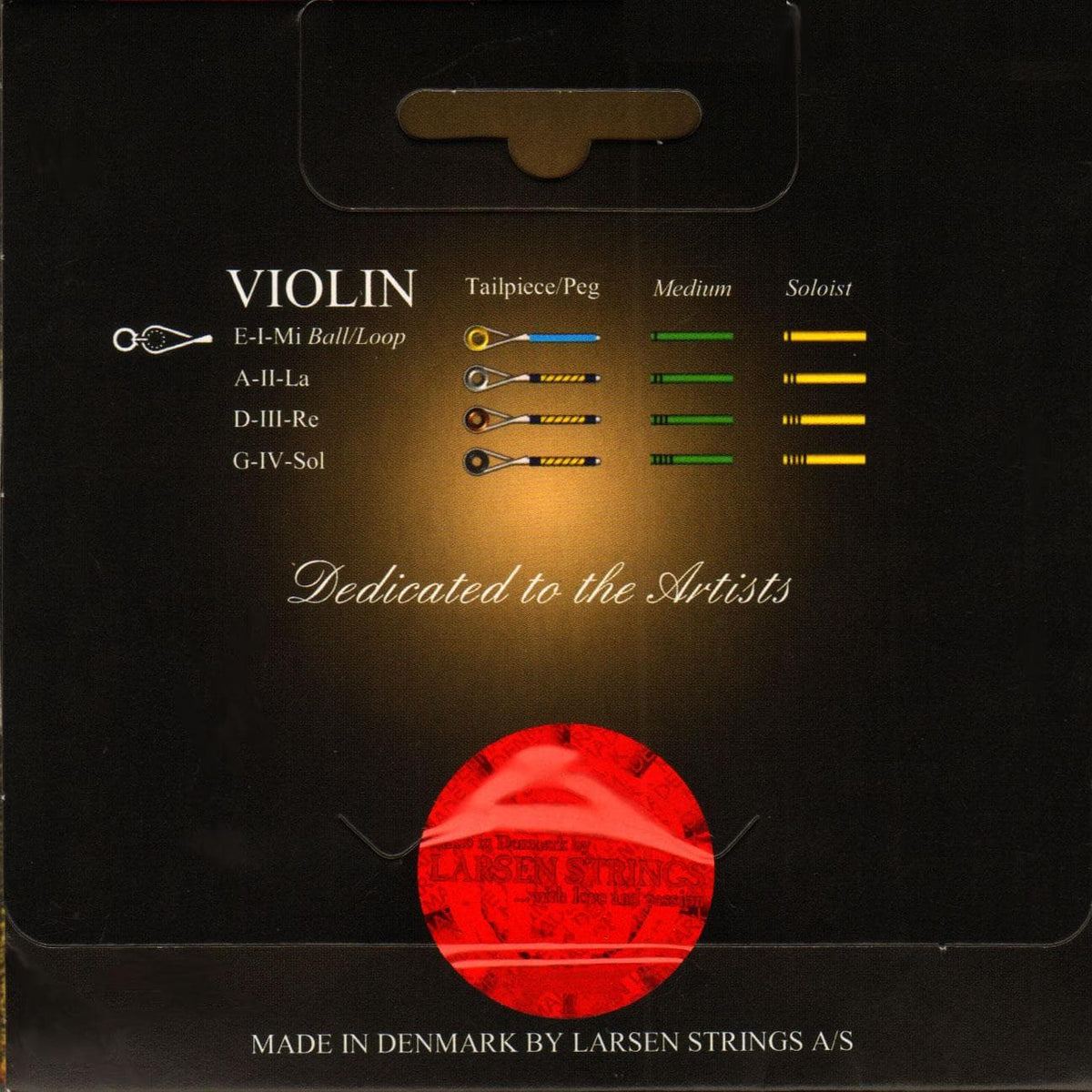I've been a professional violinist pretty much my whole life.
I started lessons at age eight, and am a crusty 56 year old now. Like most of us, I'd always used a side mounted rest, with a Kuhn shoulder rest - standard issue. I thought I had it dialed in as comfortable as I could get it. Over the past years I'd developed issues in my scalene and mandibular muscles that even effected my hearing - violin is a cruel mistress when she's ready. I've now become hyper aware of the importance of posture and relaxation in avoiding further injury to myself.
Surely doesn't help that I'm also a professional classical guitarist - much of the demands on your body are the same.
After reading in forums how the legendary Joshua Bell, Anne Sophie Mutter, and numerous other violinists have been observed switching over to center mounted rests, I figured there HAD to be something to it, and ordered one from Shar.
The difference is actually quite monumental - I don't normally bother writing reviews on gear purchases, but feel here that I might be helping out some fellow fiddle players by putting forth what I've noticed. (I ordered the one without the hump - why you'd want a hump is beyond me, but hey, like the other reviewer said; 'to each his own'.)
Ok - so here it is:
The Left Arm: As you might envision; a center mounted rest shifts the violin further out towards the left shoulder - sounds kind of intimidating right? BUT, that pivots the neck more towards the center of your body. You have to torque your left elbow and wrist a bit more, but the huge payoff is that it aligns your fingers much, much better on the strings. Position shifts become substantially easier, and accurately intonated double stops become a breeze. Also noteworthy to me is how much easier it becomes to get a fluid and vocal vibrato, especially on the 'D' and 'G' strings - it makes your left hand feel like it's had shackles removed.
The Right Arm: Moving the bowing area more towards the right side of the body allows you to keep your left arm closer to your body - you don't have to extend your arm nearly as much to access the tip of the bow, which is, as we all know, where all the delicate stuff happens.
This also reduces stress on the neck and shoulder muscles, as the arm naturally falls in a much more relaxed position. The way I have my rig set up, when bowing on the 'E' string, the right hand travels in nearly a vertical path, from the chest to the waist. It increases the bow control noticeably. If you have fully developed bow technique, and I do, this will make it even better.
The Head And Neck: One of the many banes of violin playing is the way you have to tilt your head, and lock your neck up, to one degree or another. Yes; ideally you should clamp down on the instrument as little as possible, and try and not put stress into the neck and jaw muscles, but easier said than done - I learned the hard way. This solves that problem in a couple of ways. First, this particular rest has quite a bit of height - I had to actually bring the shoulder rest substantially down in height. With some adjustment, the violin will sit equidistant between your chin and collar bone, your neck will be close to vertical, head pretty much straight forward. Next to no pressure is needed to keep the instrument in place, and your eyes sight directly down the fingerboard, which helps with visualizing your fingerings in a refreshing and useful way. I had planned on making trying a new shoulder pad part of my quest, but, now that I've found the 'sweet spot', the old Kuhn finally feels like it's sitting right where it should be; the curves now feel oh-so-comfy. I find the carve of the chin rest molds perfectly to my chin, and, for the first time in my career, I can play with next to no tension and much less fatigue....I guess Joshua Bell DOES know a thing or two - I mean that's a pretty fundamental change to make for an artist of that caliber! (I heard him say in an interview he gets ALLOT of massages.)
When I first received it I tried switching the two rests, and observing my form in the mirror - once you (quickly) get used to the different feel, you realize just how much more ergonomic everything is with the center mounted rest.
We string players are generally creatures of both what was hammered into us as students, and habits we've developed and maintained as performers. Rare to find something that makes this much difference, and I felt I wanted to share it in this verbose, but hopefully helpful review!











